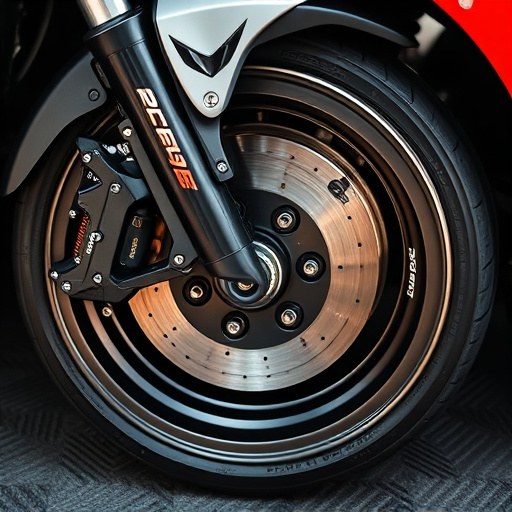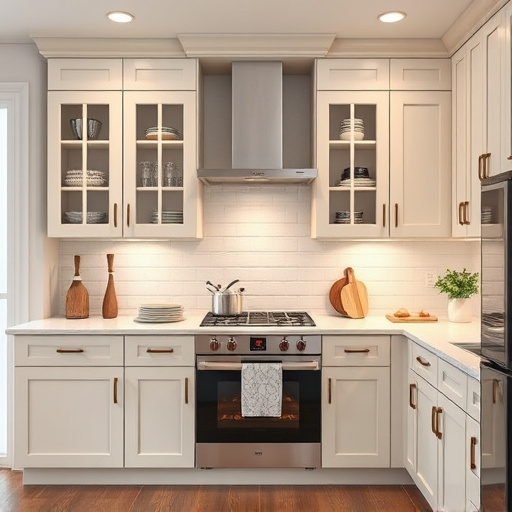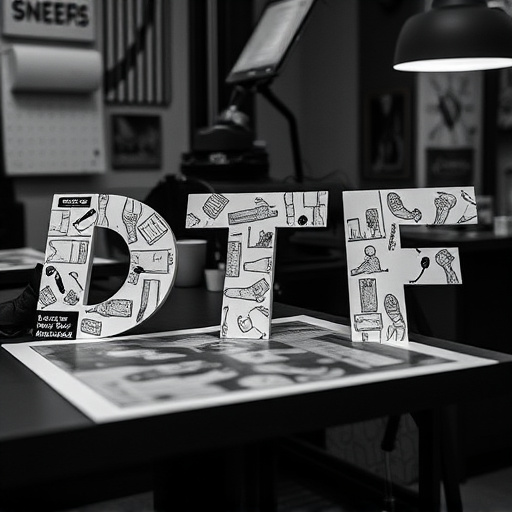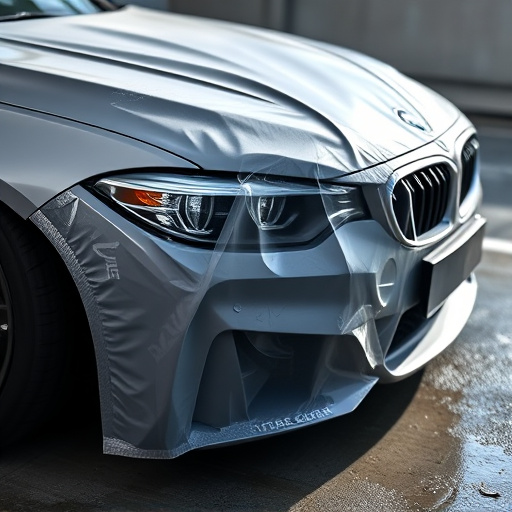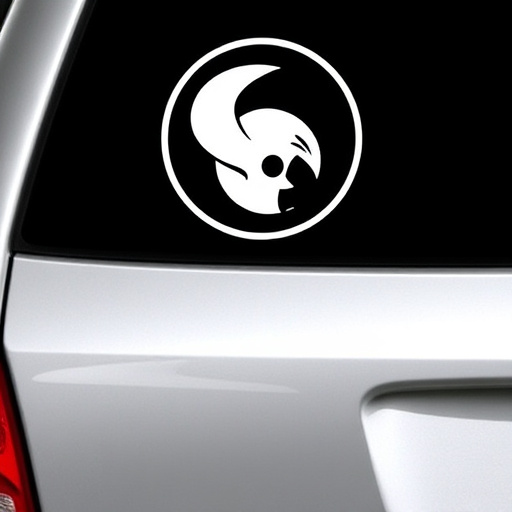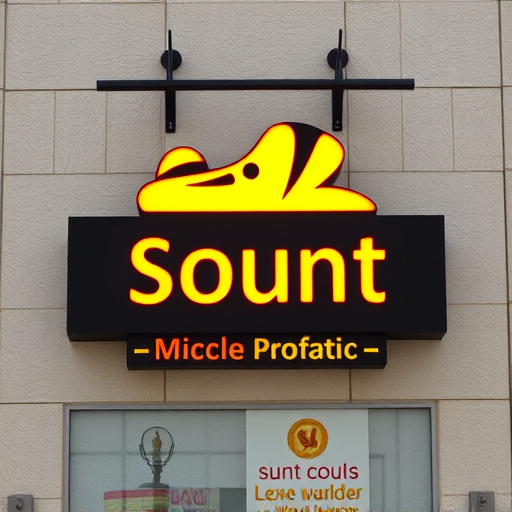A well-designed business card is a powerful tool for making a strong first impression on potential clients, reflecting your brand identity and professional values. It should be visually appealing, incorporating unique elements like patterns, graphics, or finishes to stand out. The layout should clearly communicate essential details while aligning with your target audience's preferences. Through strategic design techniques, you can enhance your brand image, build trust, and create a memorable tactile experience, making each card a representation of your expertise.
Elevate your brand and make a lasting impression with stunning business card designs! In today’s competitive market, a well-designed card is a powerful tool to attract clients. This article explores creative ideas to craft business cards that leave a mark. From choosing the perfect format to incorporating eye-catching visuals and utilizing design techniques for professionalism, we’ll guide you through every step. Discover how to create business cards that not only showcase your brand but also ensure your contact information is memorable and easily accessible.
- Choosing the Right Format and Layout for Your Business Card
- Incorporating Visual Elements That Grab Attention
- Using Design Techniques to Convey Professionalism and Value
Choosing the Right Format and Layout for Your Business Card
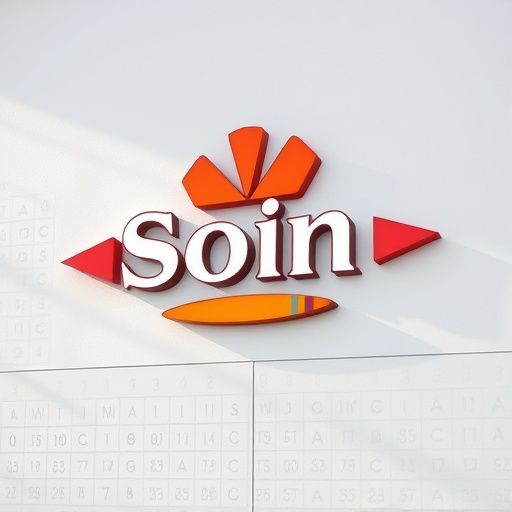
When designing your business card, selecting the appropriate format and layout is a crucial step to make a strong first impression on potential clients. The choice of design should align with your brand identity, ensuring that it reflects your professional image and values. A well-organized layout allows for clear communication of essential details such as your name, contact information, and possibly a brief company description or unique selling point.
Consider the purpose of your business card—whether it’s for an automotive detailing service, where you might want to highlight specialized skills, or a professional PPF (Paint Protection Film) installation business, requiring visual elements to showcase quality work. The format can be vertical, horizontal, or even square, each offering distinct advantages in conveying information effectively while leaving room for creativity and personalization.
Incorporating Visual Elements That Grab Attention
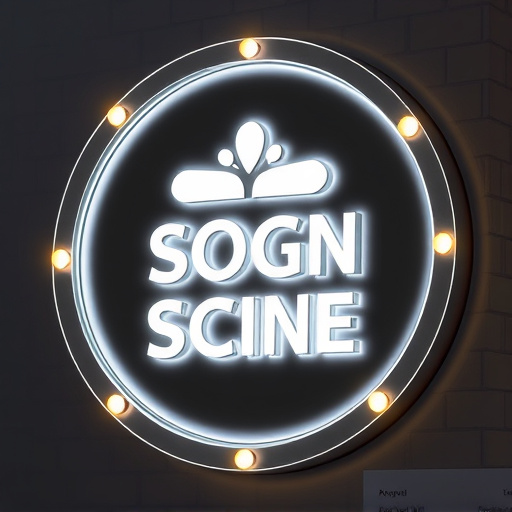
In today’s digital age, a business card is often one of the first impressions clients have of your brand. To make sure yours stands out from the pile and captivates potential customers fast, consider incorporating powerful visual elements. Think beyond basic text and bold colors—add intricate patterns, striking graphics, or even high-quality finishes like vinyl wraps or ceramic window tinting to create a tangible representation of your unique business identity.
These attention-grabbing design choices not only make your cards memorable but also signal professionalism and innovation. Whether you opt for minimalist geometric designs, abstract art inspired by your industry, or photos that reflect your brand’s values, the key is to choose visuals that resonate with your target audience and communicate your brand story concisely and visually.
Using Design Techniques to Convey Professionalism and Value
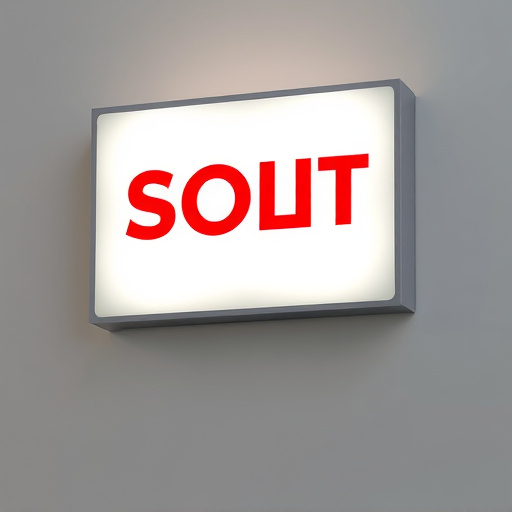
A well-designed business card is more than just a piece of paper; it’s a visual representation of your brand and expertise. By incorporating specific design techniques, you can instantly convey professionalism and add substantial value to your networking efforts. For instance, high-quality finishes like embossing or debossing not only make your cards tactile but also create a lasting impression. These textures suggest attention to detail and a commitment to excellence, essential qualities for building trust with clients.
Moreover, using color schemes strategically can communicate different aspects of your business. A subtle gradient or a pop of vibrant color in the card’s design can reflect your innovation or creativity. Conversely, neutral tones might convey stability and reliability, ideal for financial or consulting services. Even the choice of font can impact how your brand is perceived; a clean, sans-serif font suggests modernity and accessibility, while a classic serif font exudes tradition and sophistication. These subtle elements collectively contribute to an impactful business card design that leaves a lasting impression on clients, much like a memorable vehicle wrap would stand out on the road.
A well-designed business card is a powerful tool to leave a lasting impression on clients. By combining the right format, captivating visual elements, and professional design techniques, you can transform a simple card into an effective marketing asset. These ideas ensure your business card stands out from the crowd, making it memorable for potential clients and fostering positive initial impressions. Implement these strategies to create a business card that not only represents your brand but also captivates and connects with your audience.


